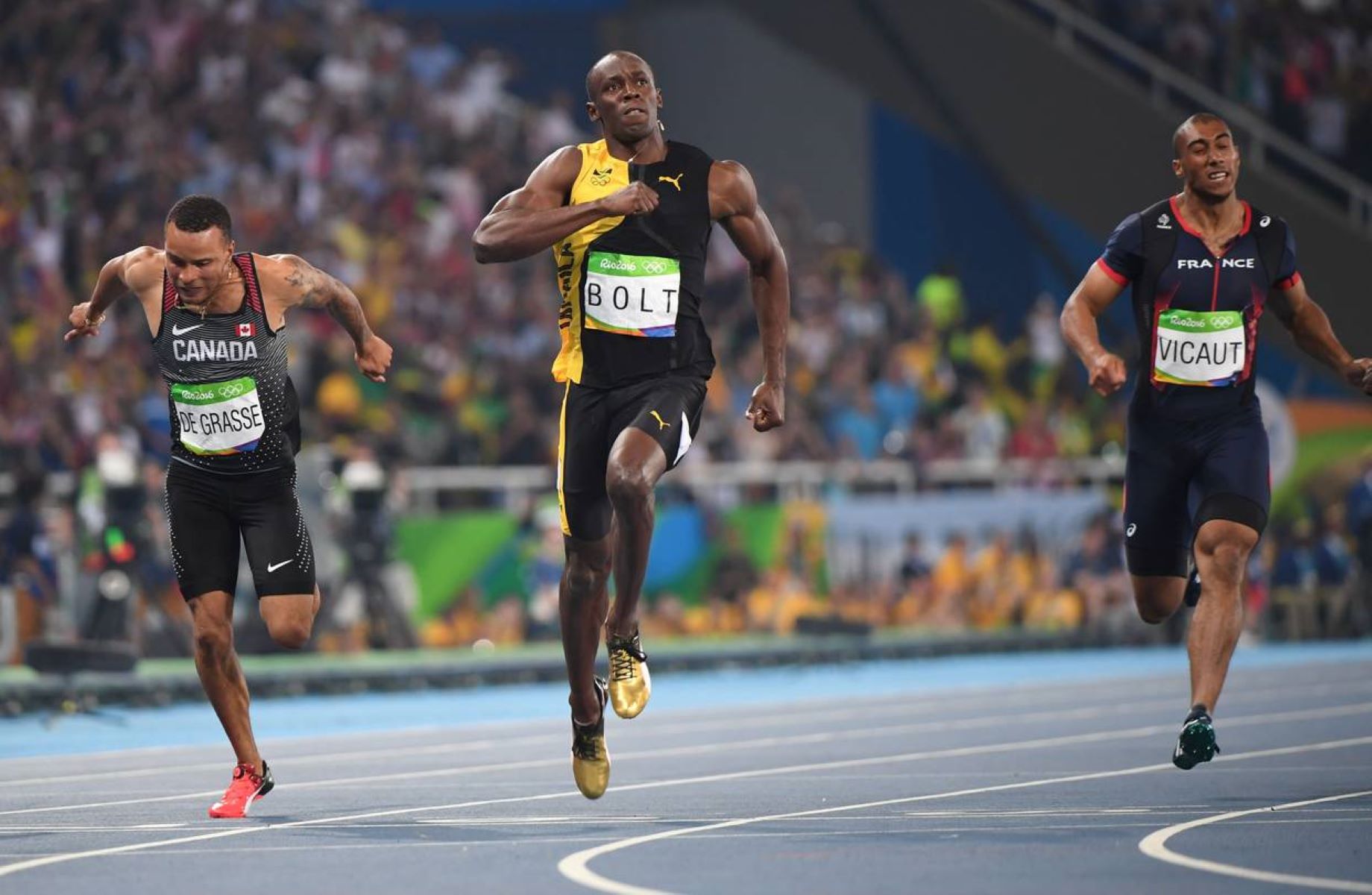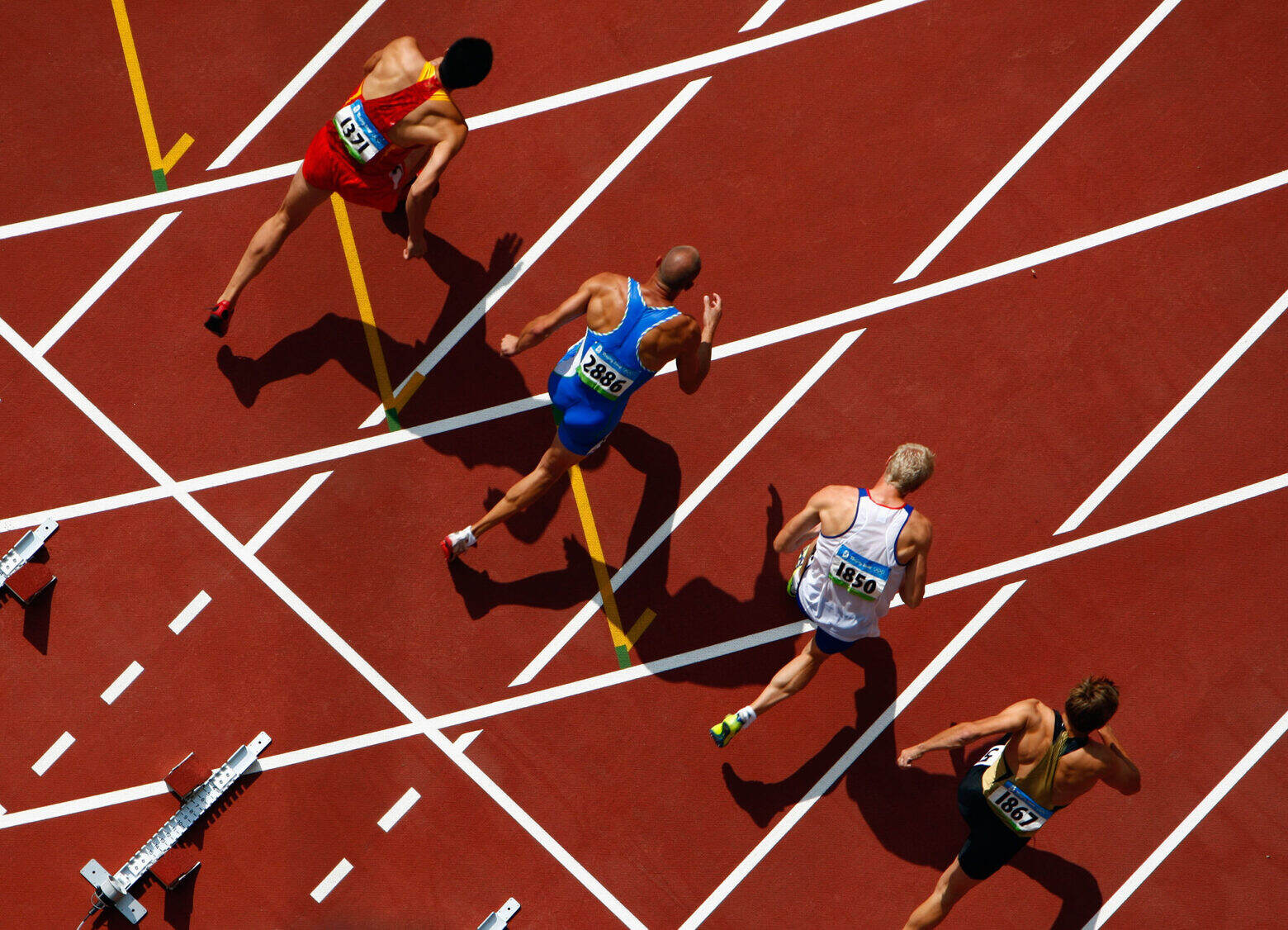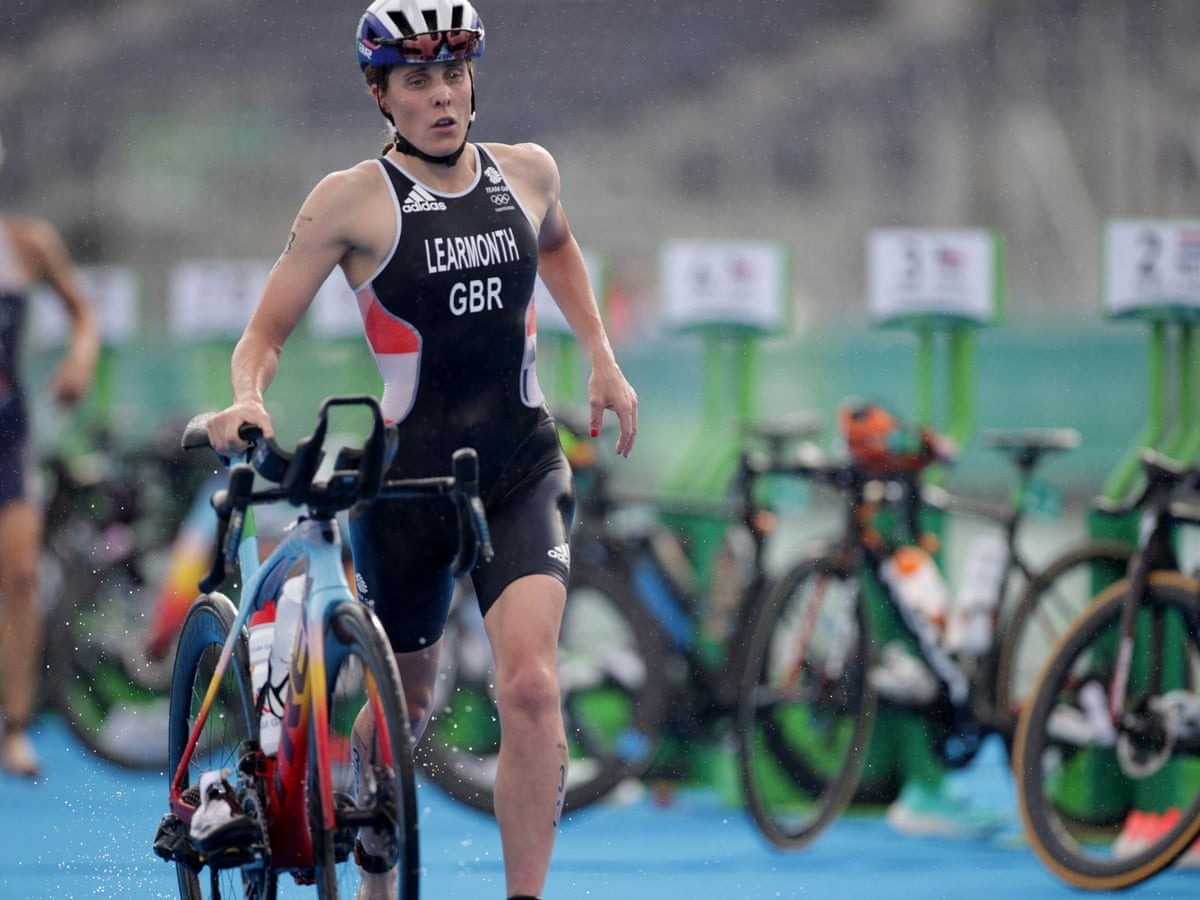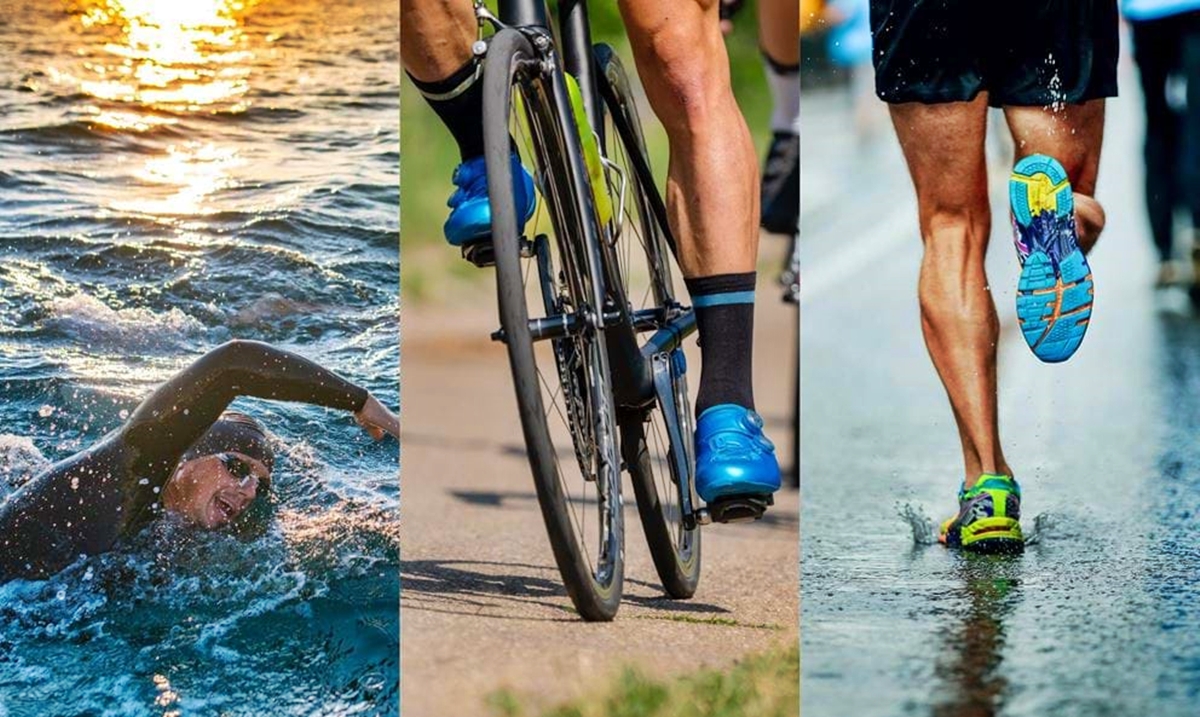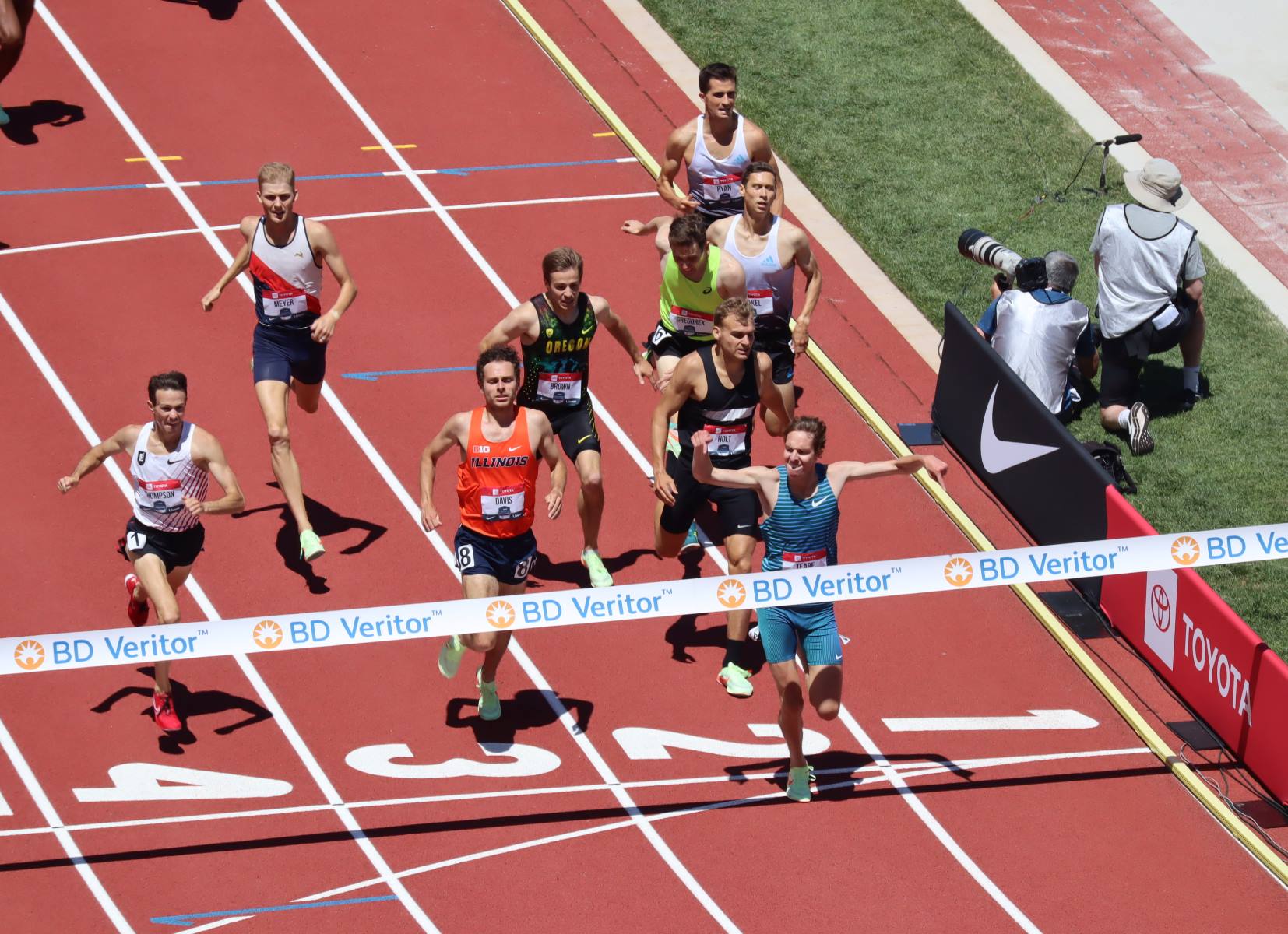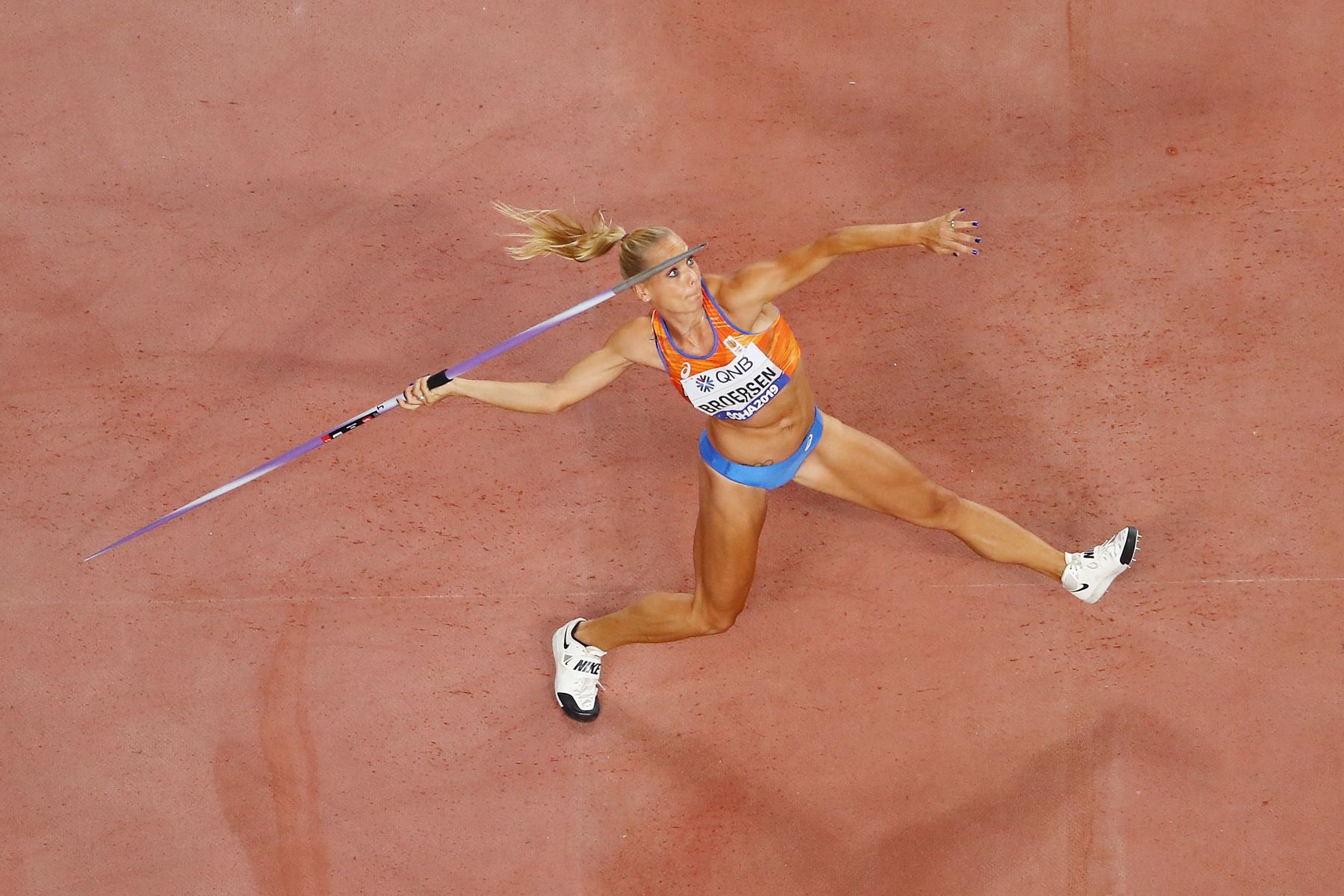Home>Misc>Featured>What Are The Olympic Long Distance Running Events
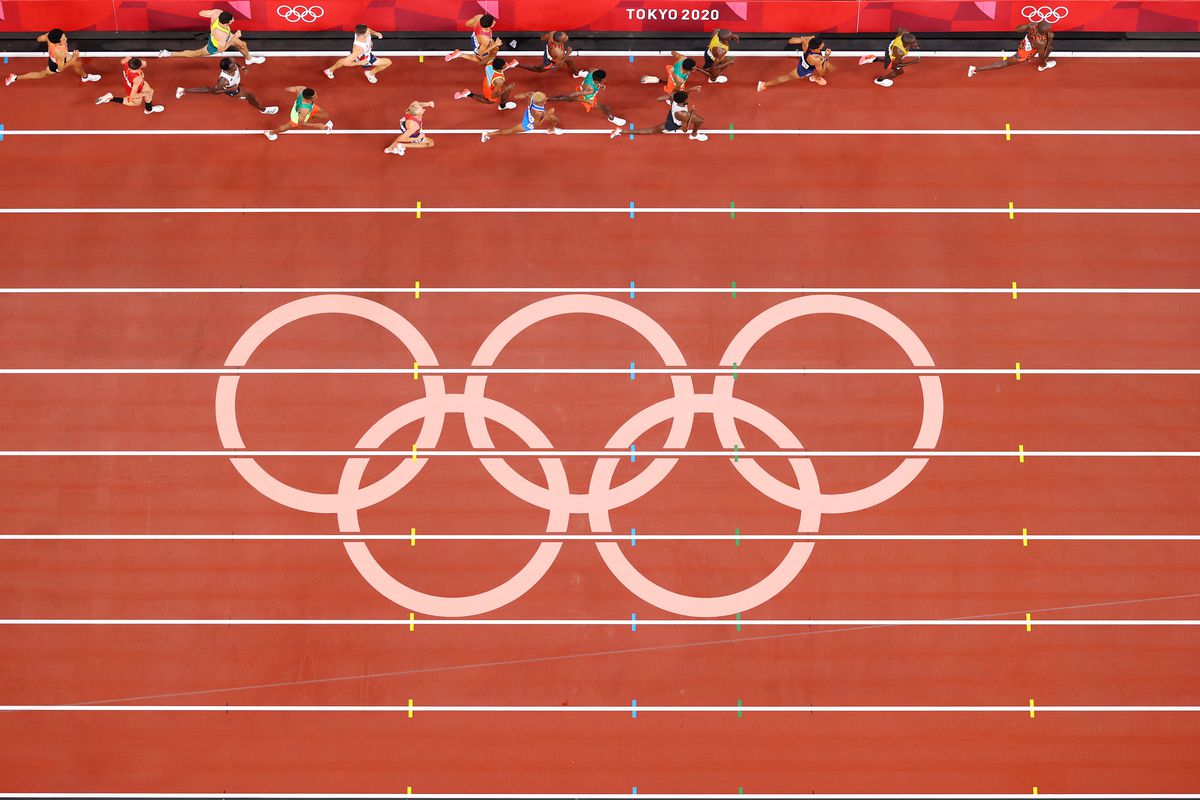

Featured
What Are The Olympic Long Distance Running Events
Modified: August 21, 2023
Discover the featured Olympic long-distance running events, where endurance and speed collide. Gain insights into the challenges and triumphs of this prestigious sporting competition.
Introduction
The Olympic Games, known for showcasing some of the greatest athletic achievements in the world, feature a wide variety of sports disciplines. One of the most prestigious and challenging categories is the long-distance running events. These events test athletes’ endurance, speed, and mental strength, pushing them to their limits as they compete for the ultimate prize – an Olympic gold medal.
Long-distance running events have a rich history in the Olympic Games, with records and iconic moments that capture the essence of human determination and perseverance. From the classic marathon to shorter distances like the 10,000 meters, these events captivate audiences worldwide and inspire countless individuals to pursue their own running goals.
In this article, we will dive into the details of the Olympic long-distance running events, exploring the challenges faced by athletes, the strategies employed, and the memorable moments that have left a lasting impact on the Games. Whether you are a running enthusiast, an Olympic fan, or simply curious about the world of long-distance running, this article will provide you with a comprehensive understanding of these events and their significance on the Olympic stage.
So, lace up your running shoes and join us as we embark on a journey through the thrilling world of Olympic long-distance running. From the grueling marathon to the intricate steeplechase, the challenges and triumphs of these events will leave you in awe of the incredible athletes who push themselves to the limit in pursuit of Olympic glory.
Marathon
The marathon is perhaps the most iconic and prestigious long-distance running event in the Olympic Games. Spanning a distance of 42.195 kilometers (26.2 miles), the marathon is a true test of an athlete’s endurance, strength, and mental fortitude. The origin of the marathon can be traced back to the ancient Greek legend of the messenger Pheidippides, who ran from the city of Marathon to Athens to deliver news of a military victory.
The modern marathon at the Olympics has become a symbol of human achievement and determination. Athletes from around the world train intensely for years to qualify for and compete in this ultimate long-distance race. The marathon route is often designed to showcase the host city’s landmarks, adding to the allure and excitement of the event.
During the race, athletes must pace themselves strategically, finding the balance between conserving energy and maintaining a competitive speed. The grueling nature of the marathon requires careful hydration and nutrition planning, with aid stations along the course providing necessary refreshments. The race can be as much mental as it is physical, as runners push through fatigue, pain, and doubt to reach the finish line.
Some of the most memorable moments in Olympic history have occurred in the marathon. The “Race of the Century” at the 1904 Olympic Games in St. Louis saw American runner Thomas Hicks collapse from exhaustion but manage to crawl across the finish line to win the gold medal. In the 1960 Olympics, Ethiopian marathoner Abebe Bikila became the first African Olympic champion, running barefoot through the streets of Rome.
The marathon continues to captivate audiences worldwide, providing a showcase for extraordinary athletic achievements and inspiring countless individuals to take on their own running challenges. The Olympic marathon represents the pinnacle of long-distance running, with athletes pushing their bodies and minds to the limit to etch their names in sporting history.
10,000 meters
The 10,000 meters is a long-distance track event that tests athletes’ speed, endurance, and tactical awareness. Competed on the track, the race consists of 25 laps, each covering a distance of 400 meters. Often referred to as the “10k,” this event demands a balanced combination of speed and stamina.
Athletes participating in the 10,000 meters must possess exceptional aerobic capacity and efficient running form. This grueling race requires athletes to maintain a consistent pace while strategically conserving energy for a strong finish. The ability to strategize, pace oneself, and make crucial splits is crucial for success in the 10,000 meters.
The 10,000 meters has produced some remarkable Olympic moments. In the 1996 Atlanta Olympics, Ethiopian distance running legend Haile Gebrselassie set a world record time of 26 minutes and 31.32 seconds, capturing the gold medal at just 23 years old. Gebrselassie went on to dominate the event, winning consecutive Olympic gold medals in 2000 and 2004.
The 10,000 meters is not only a race against the clock but also a battle of tactics and mental fortitude. Athletes must navigate the challenges of maintaining position, strategically surging or conserving energy, and withstanding the physical and mental fatigue that builds over the course of the race. The ability to make quick decisions and adapt to changing race dynamics is crucial in this event.
The combination of speed, endurance, and strategy makes the 10,000 meters an exhilarating event to watch. Spectators are treated to displays of both raw speed during surges and incredible resilience during long-distance endurance running. The 10,000 meters showcases the versatility and skill of the athletes, further solidifying its place as a cornerstone event in long-distance running at the Olympic Games.
5,000 meters
The 5,000 meters is a highly intense and fast-paced long-distance race that demands a combination of speed, endurance, and tactical awareness. Contested on the track, this event requires athletes to complete 12 and a half laps, each covering a distance of 400 meters. With its shorter distance compared to the 10,000 meters, the 5,000 meters demands a higher level of speed and anaerobic capacity.
Athletes participating in the 5,000 meters must have exceptional aerobic and anaerobic fitness, as the race requires sustained speed and the ability to accelerate when necessary. Strategic positioning and tactical decisions play a crucial role in this race, as athletes must conserve energy for a strong finish while also responding to surges from their competitors.
The 5,000 meters has witnessed some truly memorable Olympic moments. At the 2008 Beijing Olympics, Ethiopian runner Kenenisa Bekele broke the world record, finishing with a time of 12 minutes and 37.35 seconds to capture the gold medal. Bekele’s dominance in the event continued, as he went on to win consecutive Olympic gold medals in 2008 and 2012.
The 5,000 meters is a test of both physical and mental strength. Athletes must possess the endurance to maintain a fast pace throughout the race, while also having the mental fortitude to push through fatigue and respond to challenges from their competitors. The ability to strategically position oneself in the race and time surges effectively are key factors that can determine success in this event.
The 5,000 meters is an exhilarating event to watch, with athletes unleashing their speed and endurance to chase victory. Spectators are treated to a thrilling display of raw athleticism as runners navigate the twists and turns of the track, with strategic battles unfolding throughout the race. The 5,000 meters showcases the incredible agility, speed, and determination of these long-distance runners, making it a captivating highlight of the Olympic Games.
3,000 meters steeplechase
The 3,000 meters steeplechase is a unique and exciting long-distance event that combines speed, endurance, and skill. Often referred to as the “steeplechase,” this event includes barriers and water jumps, adding an element of obstacle navigation to the traditional long-distance race. With its blend of athleticism and strategy, the steeplechase captivates audiences with its thrilling displays of agility and endurance.
The steeplechase is run over seven and a half laps on the track, with each lap consisting of 28 barriers and seven water jumps. Athletes must clear the barriers and water jumps while maintaining a fast pace, making split-second decisions about how to approach each obstacle. The technique of clearing the barriers and water jumps efficiently plays a crucial role in maintaining a competitive advantage.
One of the most memorable Olympic moments in the steeplechase came in 2008, when Kenya’s Brimin Kipruto won the gold medal. Kipruto demonstrated incredible determination as he lost one of his shoes during the race but continued to compete and claim victory. This inspiring display of athleticism and resilience has become a defining moment in the history of the steeplechase at the Olympics.
The steeplechase requires athletes to possess a unique skill set that combines speed, endurance, and the ability to successfully navigate barriers and water jumps. Athletes must adapt their running rhythm and maintain a strong aerobic capacity while efficiently clearing the barriers. This event demands a mix of physical strength, agility, and mental discipline.
The steeplechase is a visually captivating event, with athletes leaping over obstacles and splashing through water jumps. Spectators are treated to a thrilling display of athleticism as runners strategize their approach to each hurdle, making split-second decisions to maintain their momentum. The steeplechase showcases the versatility and skill of the athletes, creating an exhilarating spectacle for fans of long-distance running.
10 kilometers
The 10 kilometers is a popular long-distance road race that combines speed, endurance, and tactical awareness. This event showcases the athletes’ ability to maintain a strong pace over a relatively shorter distance. It is a race that demands both aerobic and anaerobic fitness, as participants strive to cover the distance as quickly as possible on a variety of terrains.
The 10-kilometer race requires athletes to strike a balance between starting fast and pacing themselves effectively. The ability to maintain a consistent pace while pushing the limits of speed is crucial for success in this event. Athletes must also possess the mental fortitude to stay focused and push through the physical challenges that arise during the race.
One of the most notable competitions in the 10-kilometer race was at the 2012 London Olympics, where Great Britain’s Mo Farah thrilled the crowd by winning the gold medal, becoming the first British athlete to win an Olympic gold in the distance. Farah’s victory was a culmination of his determination and tactical brilliance, showcasing his ability to control the pace and execute a powerful kick towards the finish line.
The 10-kilometer race caters to both elite athletes and recreational runners, making it a popular event at various road races and marathons worldwide. Participants of all abilities can challenge themselves in this event, aiming to achieve personal bests or simply enjoy the camaraderie of running with others. The distance is achievable for many runners and presents an opportunity to test their speed and endurance.
The 10 kilometers is a race that often showcases intense competition and dramatic finishes. Spectators can witness sprint battles unfold as athletes maneuver for position and attempt to outpace their rivals in the final stretch. The race presents a thrilling display of speed and determination, showcasing the talent and athleticism of the participants.
Whether you are a competitive athlete or a recreational runner, the 10 kilometers offers an exciting and challenging opportunity to showcase your running prowess. It is a race that requires a balance of speed and endurance, making it a true test of an athlete’s capabilities. The 10-kilometer race continues to captivate audiences and inspire runners of all levels to strive for their personal best.
20 kilometers (Race Walk)
Race walking is a unique long-distance event that requires athletes to maintain a rapid pace while adhering to specific rules governing their walking technique. The 20-kilometer race walk is a challenging and physically demanding event, where participants must showcase both speed and precision. It is a test of endurance, strength, and meticulous attention to technique.
In race walking, athletes must always have one foot on the ground, and their leading leg must remain straight until the support leg is fully extended. This distinctive form of walking requires athletes to maintain proper posture, balance, and fluid motion throughout the race. Judges closely monitor participants to ensure compliance with these rules, adding an additional layer of complexity to the race.
The 20-kilometer race walk has provided some incredible Olympic moments throughout history. One notable example is the record-breaking performance of Jefferson Pérez from Ecuador at the 1996 Atlanta Olympics. Pérez became the youngest ever Olympic champion in the 20-kilometer race at the age of 22, captivating the world with his exceptional technique and determination.
In addition to physical fitness, mental resilience is key in the 20-kilometer race walk. Participants must possess the mental strength to remain focused and maintain proper technique, even as fatigue sets in. The ability to pace oneself effectively and strategically make overtakes while staying within the strict walking regulations is essential for success in this event.
Spectators of the 20-kilometer race walk are treated to a fascinating display of precise and powerful walking. Athletes move with a sense of rhythm and grace while achieving impressive speeds. The race is often closely contested, with athletes vying for position and executing tactical moves throughout the event. It is a testament to the athletes’ skill and determination in mastering the unique discipline of race walking.
The 20-kilometer race walk remains a challenging and captivating event in the Olympic Games. It requires a unique blend of physical fitness, technical expertise, and mental fortitude. Athletes courageously push themselves to their limits, showcasing the artistry and athleticism of race walking. The 20-kilometer race walk continues to captivate spectators and inspire athletes to push boundaries within this specialized discipline.
50 kilometers (Race Walk)
The 50-kilometer race walk is the ultimate test of endurance and technique in the world of race walking. It is the longest distance event in race walking, demanding athletes to push their physical and mental limits. Participants in the 50-kilometer race walk must demonstrate exceptional stamina, impeccable technique, and unwavering determination.
Similar to the 20-kilometer race walk, athletes participating in the 50-kilometer race walk must adhere to specific rules and regulations regarding their walking technique. The same principles of keeping one foot on the ground at all times and maintaining a straight leading leg apply. However, the longer distance adds a new level of physical and mental challenges.
The 50-kilometer race walk has produced some incredible performances in the Olympic Games. Notably, Russia’s Sergey Kirdyapkin set a world record time of 3 hours, 35 minutes, and 59 seconds to win the gold medal at the 2012 London Olympics. Kirdyapkin’s record-breaking achievement showcases the exceptional endurance and technique required to excel in this grueling event.
Participating in the 50-kilometer race walk requires mental resilience as athletes face the physical demands of an extremely long-distance race. This event pushes competitors to their limits, testing their endurance and their ability to maintain impeccable technique even as fatigue sets in. Athletes must be able to overcome physical discomfort, mental fatigue, and doubt to continue walking at a fast pace.
Spectators of the 50-kilometer race walk witness a true feat of human endurance and determination. Athletes move with a steady and purposeful stride, showcasing the controlled power and grace that comes from years of training and perfecting their race walking technique. It is a race that unfolds over hours, with athletes navigating the course and pushing themselves to finish strong, often with thrilling moments of intensity.
The 50-kilometer race walk is a testament to the incredible physical and mental capabilities of the athletes who tackle this demanding event. It requires discipline, perseverance, and a deep understanding of the nuances of race walking technique. The athletes who compete in the 50-kilometer race walk demonstrate extraordinary dedication and become an inspiration to all, highlighting the human potential in athletics.
Conclusion
The Olympic long-distance running events are a true testament to the strength, endurance, and determination of athletes from around the world. Whether it is the grueling marathon, the strategic 10,000 meters, the fast-paced 5,000 meters, or the technically demanding steeplechase, these events captivate audiences and inspire runners of all levels.
The marathon stands as a symbol of human achievement, with its rich historical roots and iconic moments. It pushes athletes to their physical and mental limits, as they navigate the demanding 42.195-kilometer course. The 10,000 meters tests both speed and stamina, showcasing the athletes’ ability to maintain a consistent pace over 25 laps on the track.
In the 5,000 meters, athletes showcase their incredible speed and endurance, racing against the clock and each other to achieve success. The steeplechase adds an exciting twist with its unique combination of long-distance running and obstacle navigation, demanding a high level of agility and technical skill.
The 10 kilometers provides a avenue for both elite athletes and recreational runners to challenge themselves on the road. It combines speed and endurance in a shorter-distance race that can be enjoyed by participants of all abilities. The race walk events, including the 20-kilometer and 50-kilometer races, highlight the specialized skills and discipline required to excel in this unique discipline.
The Olympic long-distance running events continue to captivate audiences worldwide, showcasing the incredible athleticism, endurance, and determination of the competitors. These events create unforgettable moments that leave a lasting impact on the Olympic Games and inspire individuals to push their own limits in pursuit of their running goals.
Whether it’s the awe-inspiring displays of endurance in the marathon, the fierce battles for position in the track races, or the technical precision of the steeplechase and race walks, the long-distance running events in the Olympics embody the spirit of athletic excellence. They remind us of the human capacity to overcome challenges, push boundaries, and achieve greatness through sheer determination and perseverance.
